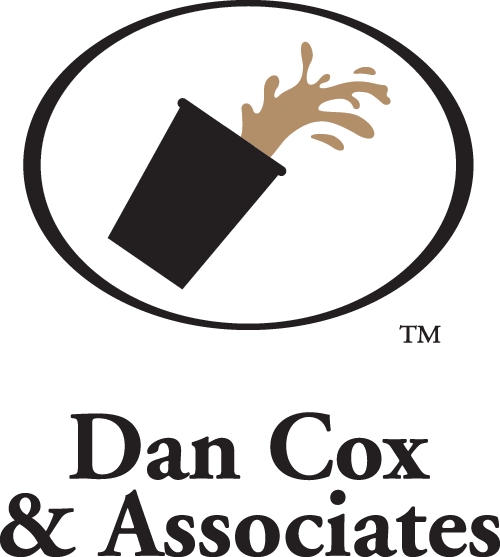Spill Prevention Essentials: The To Go Cup Lid
An essential part of the to go experience is the to go cup and lid. As previously discussed, a quality to go cup can create a positive customer experience, and potentially protect a business from a spill burn lawsuit. A well-fitting, and quality to go cup lid does the same. By purchasing a to go cup lid with spill prevention in mind, customers, employees, and businesses can continue to operate is a safe, and positive manner.
The to go cup lid is an essential part of spill prevention. When walking, driving, and moving, a lid can prevent hot liquid from coming over the lip of the cup and splashing onto a consumer’s hands, or other parts of their body. This small piece cost just a few cents but can save a business from costly litigation.
Most lids are made of thermally molded plastics and have similar design elements. This is not to say all lids are the same, or equal, but the fundamentals of lid design are as follows. All lids will have a sip hole, or a place to drink from. This can be a slot, a pull tab, or a cut away. No matter the design, the purpose is to allow the liquid to flow out of the top go cup. Many cup lids also have a smaller second hole, opposite the sip hole, to ensure proper airflow into the cup when the liquid is drunk. This second airflow hole prevents a vacuum from forming in the cup during consumption. Lids also have a rim or flare of some kind along the bottom edge of the lid, where it fits onto, over, or in some way connects to the cup. This rim or flare can vary greatly in design, depending on the type of cup the lid is intended to be used with. Using a lid that does not match your cup can cause an improper seal between the lid’s rim and the lip of the cup. An improperly fit lid can lead to leaks and spills.
Many cup companies provide matching lids for their cups, possibly in a few different sizes. When purchasing matching cups and lids, one should consider how well the lids fits, checking to see if there are visual indicators that it seals well, or if there is an audible click when the lid snaps into place. The right size lid should also be kept with its matching cups, to ensure a proper fit, and that a lid that is too large or too small for the to go cup is not used.
Paper cups, with rolled lips, have lids that will seal around the rolled lip, and snap into place, while polystyrene cups will have lids that slot into place over the edge of the cup. The lid should fit snuggly, yet needs to be easy to remove if necessary. As a consumer may want to remove the lid to add condiments, such as milk or sugar, it is important that they do not have to wrangle, or in any way use force to remove the lid. The less a lid needs to be handled, the less likely an overuse of force will cause an accidental spill.
Often overlooked is the lids flat top surface. This may contain several icons, bubbles indicator, or messages. Lids and cups that contain at least one warning message about hot liquids should be considered. Warnings and cautions serve to protect a consumer, by reminding them that the beverage they are drinking may be hot, or can burn. If choosing a lid that contains warning label, ensure the warnings are easy to read, comprehend, and understand. Icons, such as those indicating a hot beverage, a spill, or a caution should be easy to understand, and not overly complicated.
Lids can have different designs, and new cup and lid designs are beginning to come forward into the to go marketplace. New cup designs, including single piece paper cups that fold into a spout, and lids that seal on the inside of the cup, instead of around the rim, may be an option for a business, if looking to maximize spill prevention. Alternative cups and lids may also appeal to those looking for fully compostable, or environmentally friendly cups. A business should consider which option is the best way to balance spill prevention, and other desired factors.
While a small part of the to go experience, a cup lid is the first barrier against a spill, splash, or accident. A retailer can keep their reputation and bottom line safe, and their consumers and employees out of danger with careful consideration of the options for there to go beverages. Considering the spill risk that is inherent in serving hot beverages means a spill can be prevented before it has the chance to occur.

